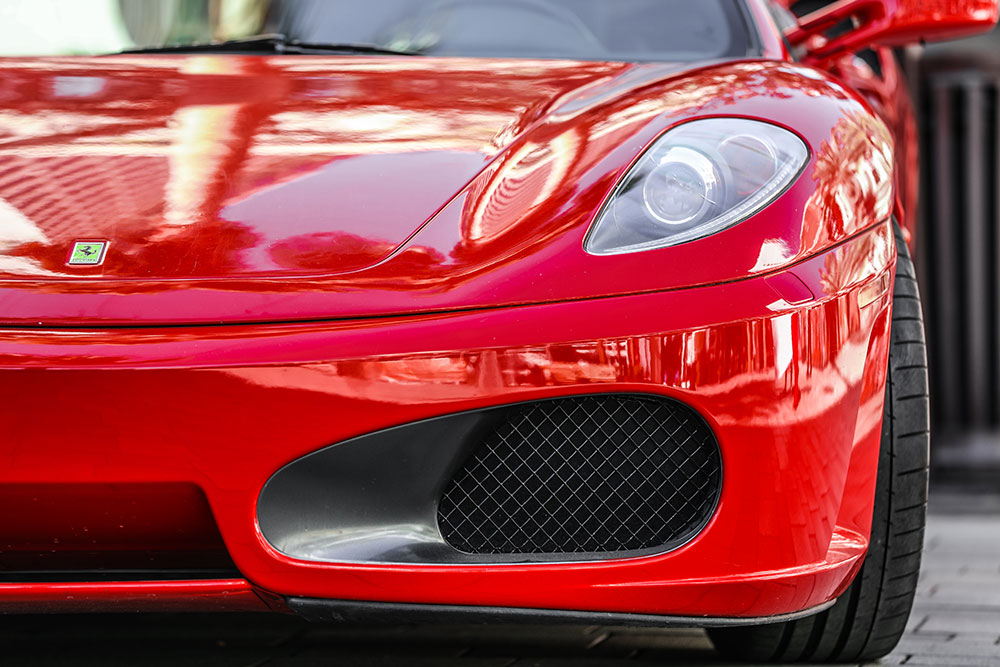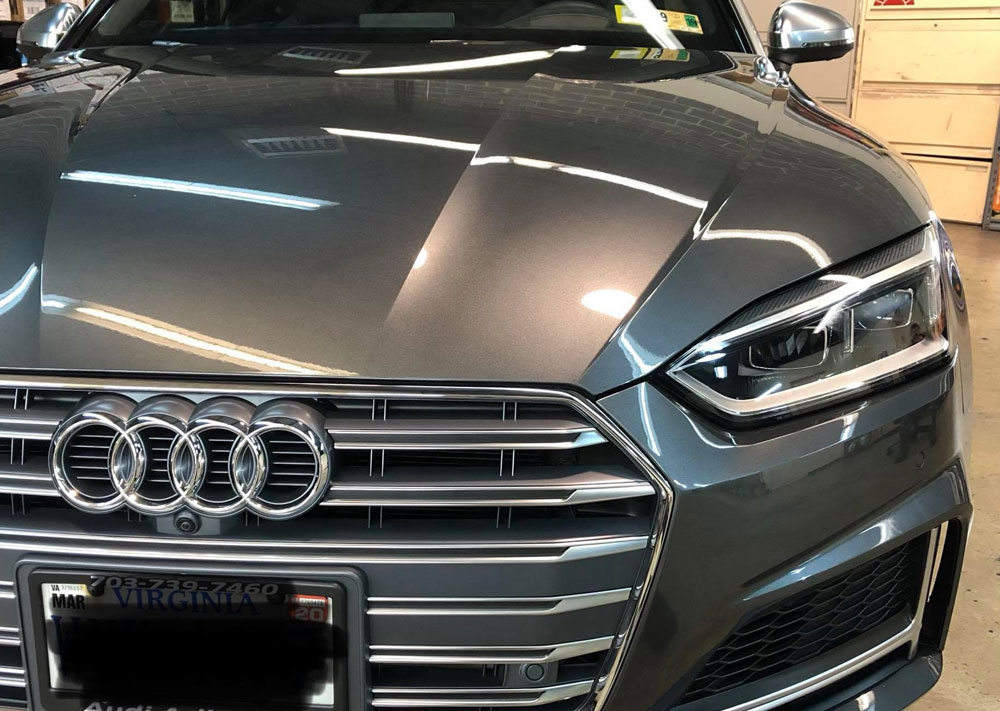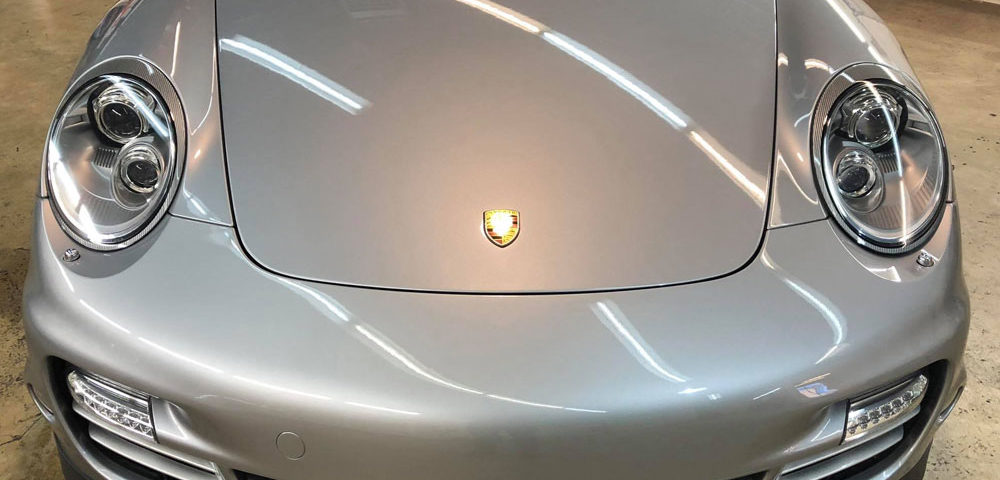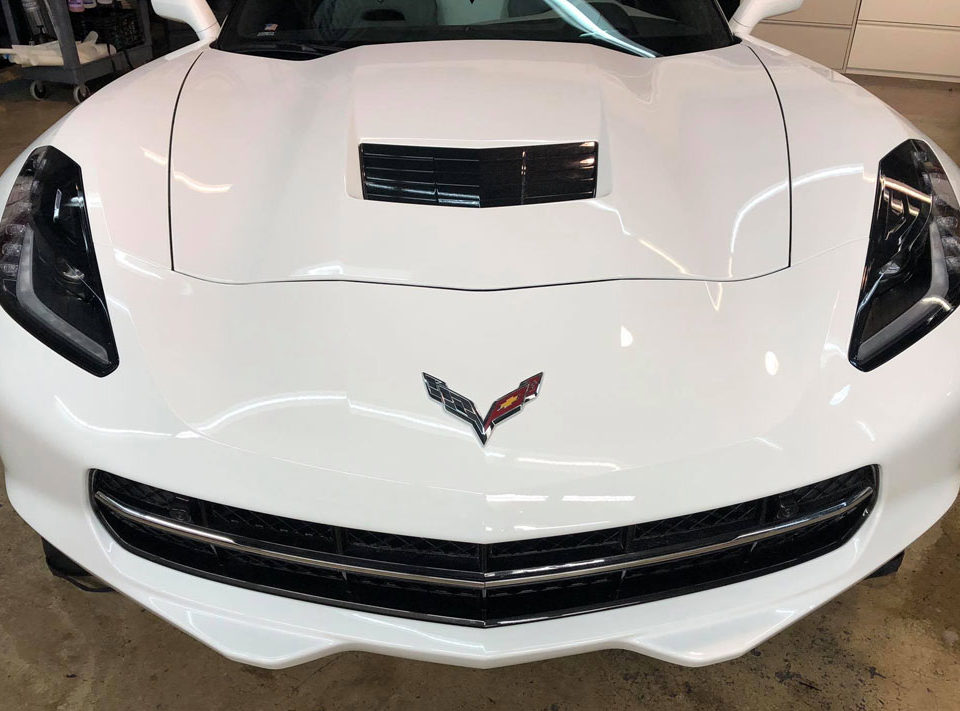
How Long Until Bubbles in The Tint Go Away?
May 8, 2024
How to Protect Paint On a Brand New Car
June 8, 2024Paint protection film is a clear, transparent polyurethane film placed outside a vehicle’s painted surfaces. The film acts as a barrier between the paint and the outside environment, protecting it from scratches, rock chips, and other forms of damage.
PPF is a self-healing substance that can fix tiny scratches and swirl marks by itself.
But how long do PPF last? In this article, we’ll look at the longevity of PPF and the factors that influence its durability.
On average, a protective film lasts 5-10. The longevity of PPF varies based on several factors, including the film’s quality, installation quality, and film maintenance.
With adequate care and maintenance, high-quality PPF can last for ten years or more. A lower-quality PPF, on the other hand, may only last a few years before peeling or discoloring.
The quality of the PPF installation is a significant element in determining its lifespan. A professional installation by an expert installer can ensure the film is coated correctly and attached to the car’s surface, reducing peeling and bubbling over time.
Properly maintaining the PPF can also help extend its life. Regular washing and waxing can help keep the film appearing clean and clear while avoiding harsh chemicals and abrasive materials can help protect the film.
How do you ensure that the protective film lasts for a long time?
You can do several things to ensure that your protective film lasts for as long as possible. Some of the things you can do include:
Do this after installation.
The following elements are critical for increasing the life and durability of paint protection film while it is still drying. Remember that any error could impede this procedure or harm the film. So:
- Do not press any bubbles that have formed under the film. You should not press the bubbles since this is part of the curing process, and they will disappear within 2-3 weeks of installation.
- Do not wax or wash your automobile for seven days after the PPF installation. The moisture between the paint surface and the paint protection film has not fully settled and is continuously evaporating. Furthermore, the film has not yet bonded to the surface well, and any disruption may interfere with the curing process.
- Do not drive your car for the first week following installation (if possible). It decreases the possibility of disrupting the healing process. After the first week of installation, you can perform further film maintenance activities, as outlined below.
Be smart in how you clean your car.
After applying the film, you should avoid commercial car washes. Yes, it will be difficult, but you must persevere if you want the coating to last longer.
If you have trouble avoiding commercial vehicle washes, consider visiting them less regularly.
- Remove dead bugs and dirt droppings to avoid lasting stains on the film.
- Use 99% isopropyl alcohol or lacquer thinner for extremely tough places.
- When applying car wash soap, always use a clean microfiber mitt.
- Try soaking hard-to-clean areas in soap for a few minutes.
- Dry the coating with a microfiber towel.
- Never clean your coated car with brushes, paper products, or terry cloths. These products might dull or even harm the surface in some circumstances.
- Dirt accumulates along the film’s edges, so pay close attention to them.
- Avoid using any abrasive items at all.
Pour hot water to fix light scratches.
One of the main reasons your car needs paint protection is to prevent scratches. Most films feature self-healing properties, so the paint protection film will not only preserve your paint but also cure itself if necessary.
When removing a scratch from your paint protection film, keep in mind that it is self-healing. All you have to do is leave your vehicle in the sun for around 25-30 minutes. The sun’s heat will cause your PPF to revert to its original shape and remove any scratches.
You can also pour hot water on the scrape to speed up the procedure. The water should only be 120° F, making it a suitable option if it’s cold outdoors and your car won’t warm up enough in the sun to activate the self-healing properties of your paint protection layer.
Don’t pressure wash your car.
To keep the paint protection film on your vehicle and prevent it from peeling away from the paint, avoid using any high-pressure water source, including a pressure washer.
If you cannot avoid pressure washing, keep it at a safe distance from your paint protection film. Also, don’t allow the spray to hit any of the edges.
This is because water can press up beneath the film’s borders, causing it to peel away from the paint surface.
Also, consider investing in high-quality cleaning supplies rather than low-quality car wash soap, which may contain harsh chemicals that dull the coating or harm the film. Choose shampoos with lubricant ingredients, and always buy microfiber mitts intended specifically for automobile care.
If you opt to wax the film, make sure it does not include more than 5% kerosene or naphtha and avoid waxes with dyes. You can use maintenance products found in most stores. However, remember that different automobile maintenance shampoos, soaps, and waxes can work effectively.
Additional tips to maintain your paint protection film
Besides the tips given above, there are many other ways you can ensure that your protection film lasts for as long as possible. These ways include:
- Apply wax every three to six months.
- Avoid picking the film’s edges.
- Do not use powered buffers or polishing equipment on the PPF.
- After excessively cleaning your automobile, use a clean microfiber towel to dry it to prevent water marks.
- Avoid wiping or cleaning the film in direct sunlight or when heated.
- Do not use colorful sealants because they will make it dull, and avoid powder detergents.
- Avoid using petroleum or resin-based materials since they degrade the PPF’s surface.
- Always apply PH-neutral products to the paint protection film.
- Always prefer hand detailing to avoid film degradation.
- As a rule of thumb, ensure that expert paint protection film installers Springfield install your paint protection film.


